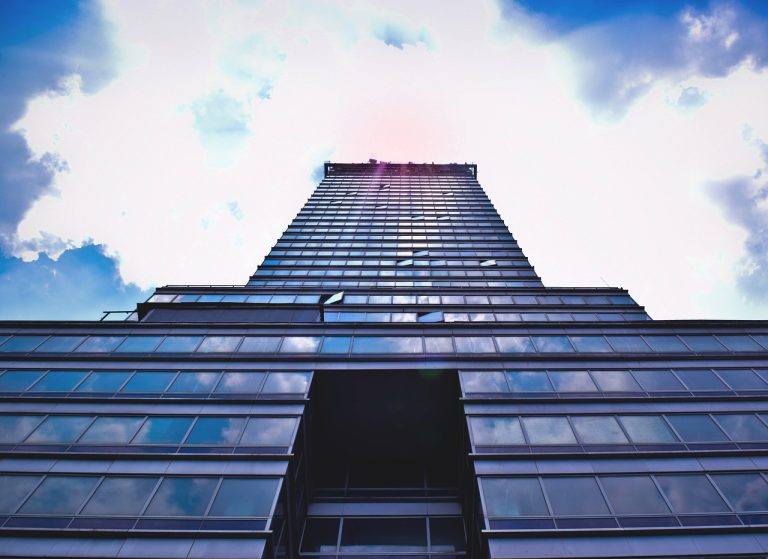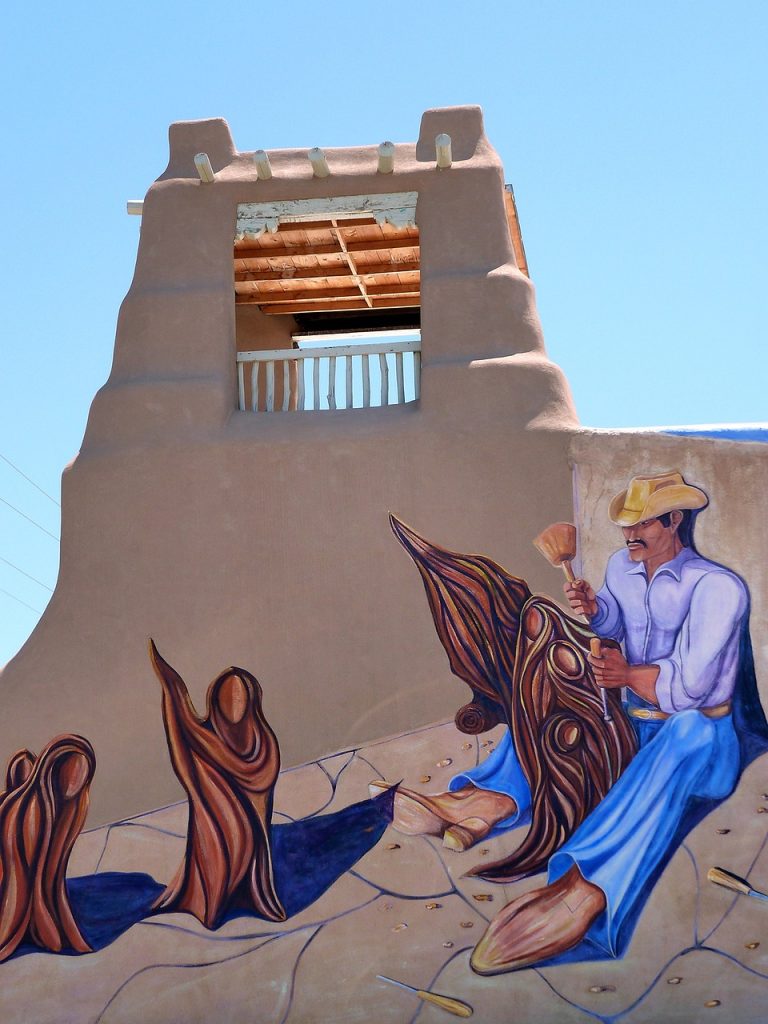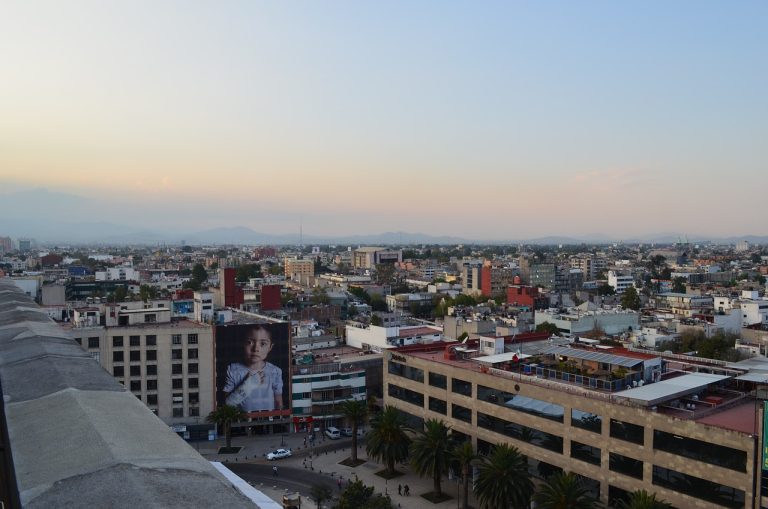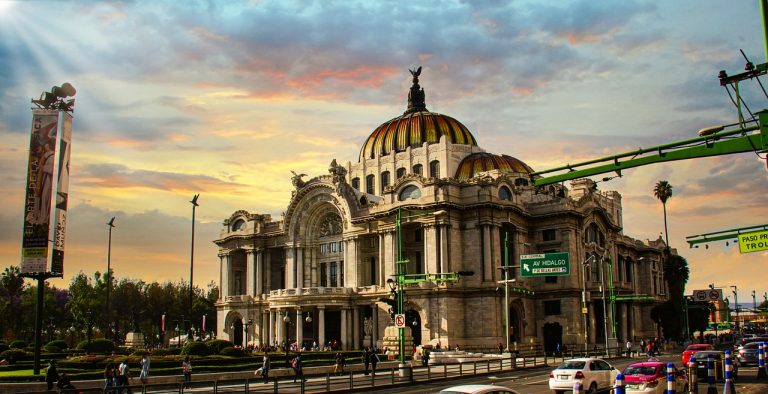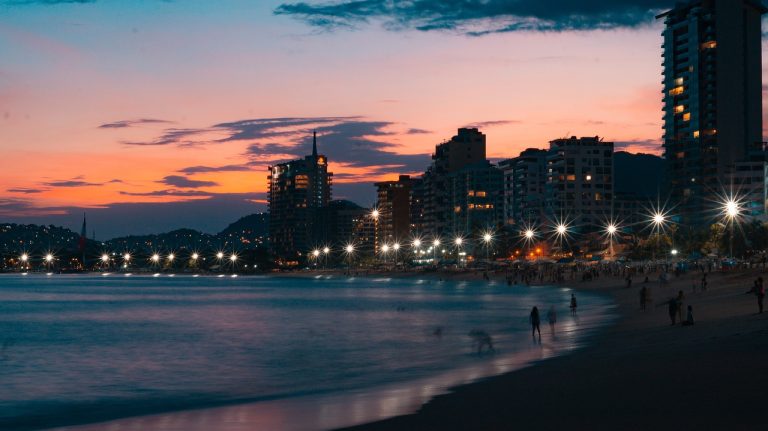Mexico City Mexico Video
Architectural Wonders: Iconic Buildings in Mexico City Mexico
Mexico City, the capital of Mexico, is renowned for its rich history, vibrant culture, and impressive architectural wonders. From ancient Aztec ruins to modern skyscrapers, the city is a treasure trove of architectural marvels. In this article, we will explore some of the iconic buildings that grace the skyline of Mexico City, showcasing the city’s architectural diversity and artistic heritage.
Mexico City Mexico Image 1: 
Palacio de Bellas Artes
The Palacio de Bellas Artes, or Palace of Fine Arts, is one of the most prominent cultural and architectural landmarks in Mexico City. This magnificent building combines neoclassical and art nouveau styles, creating a stunning visual masterpiece. The exterior is adorned with intricate sculptures and features a stunning glass and iron dome. Inside, visitors can explore the National Museum of Architecture and the breathtaking murals by renowned Mexican artists such as Diego Rivera and David Alfaro Siqueiros.
- Artistic Masterpieces: The Palacio de Bellas Artes houses some of Mexico’s most celebrated artistic creations, including the famous murals that depict the country’s history and culture.
- Architectural Grandeur: The fusion of neoclassical and art nouveau elements in the building’s design makes it a true architectural gem.
- Cultural Hub: The palace is a cultural hub, hosting various performances, exhibitions, and events that showcase Mexico’s rich artistic heritage.
Torre Latinoamericana
Mexico City Mexico Image 2: 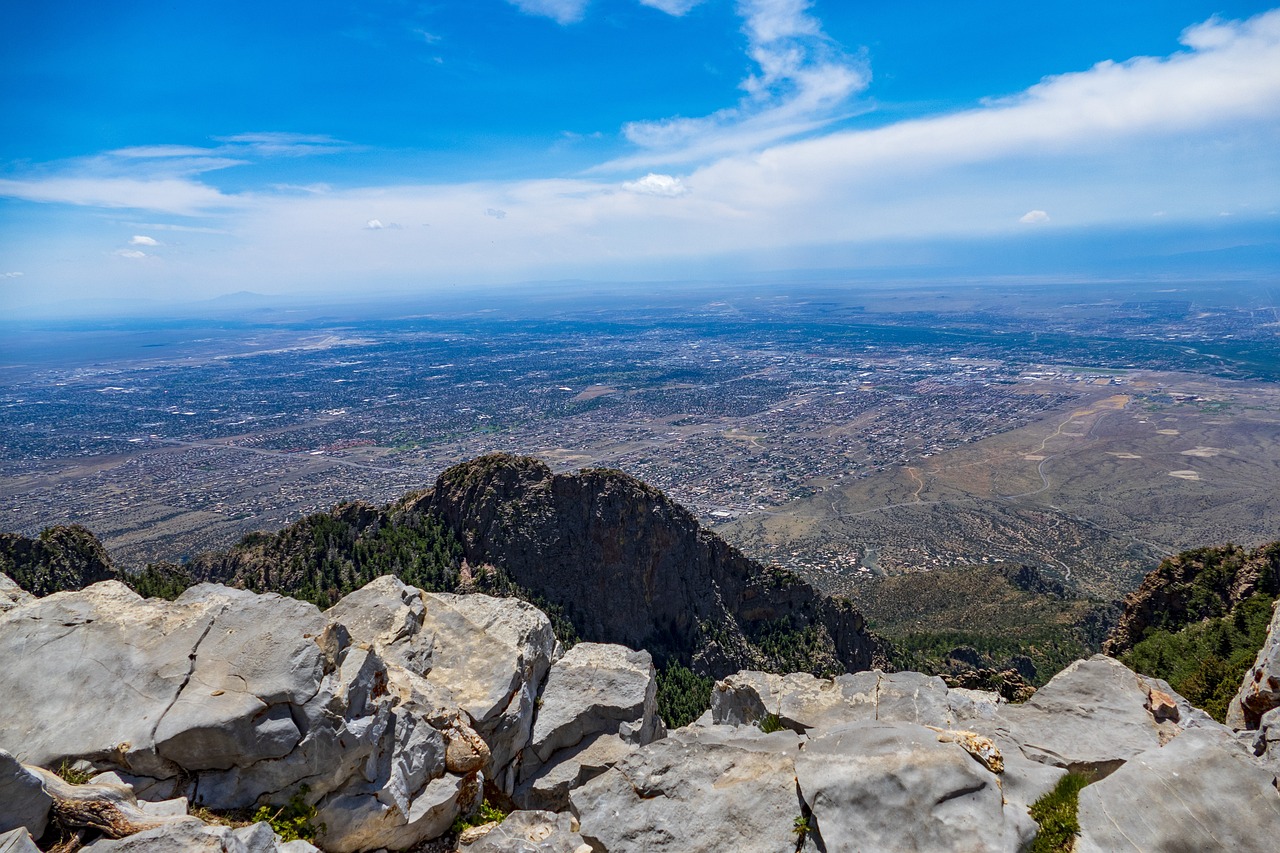
The Torre Latinoamericana, or Latin American Tower, is an iconic skyscraper that offers breathtaking panoramic views of Mexico City. Standing tall at 182 meters, this architectural marvel was once the tallest building in Latin America. Designed by Mexican architect Augusto H. Álvarez, the tower’s structural design incorporates earthquake-resistant features, making it a symbol of resilience.
- Sky-High Views: The observation deck on the top floor of the Torre Latinoamericana provides visitors with unparalleled views of Mexico City’s sprawling landscape.
- Architectural Innovation: The tower’s earthquake-resistant design showcases Mexico’s expertise in constructing tall buildings in a seismically active region.
- Historical Significance: The Torre Latinoamericana has witnessed significant events throughout Mexico’s history and stands as a testament to the city’s progress.
Cathedral Metropolitana
The Cathedral Metropolitana, also known as the Metropolitan Cathedral, is a magnificent religious landmark that dominates the city’s historic center. Built over the course of three centuries, this architectural masterpiece combines various architectural styles, including Gothic, Baroque, and Neoclassical. The cathedral’s intricate facade, towering bell towers, and stunning interior make it a must-visit for architecture enthusiasts and history buffs.
- Religious Heritage: The Cathedral Metropolitana is the largest and oldest cathedral in the Americas, serving as a significant religious symbol for the Mexican people.
- Architectural Fusion: The cathedral’s unique blend of architectural styles reflects the historical and cultural influences that shaped Mexico City.
- Treasures Within: Inside the cathedral, visitors can admire beautiful altarpieces, religious artifacts, and stunning stained glass windows.
Mexico City Mexico Image 3: 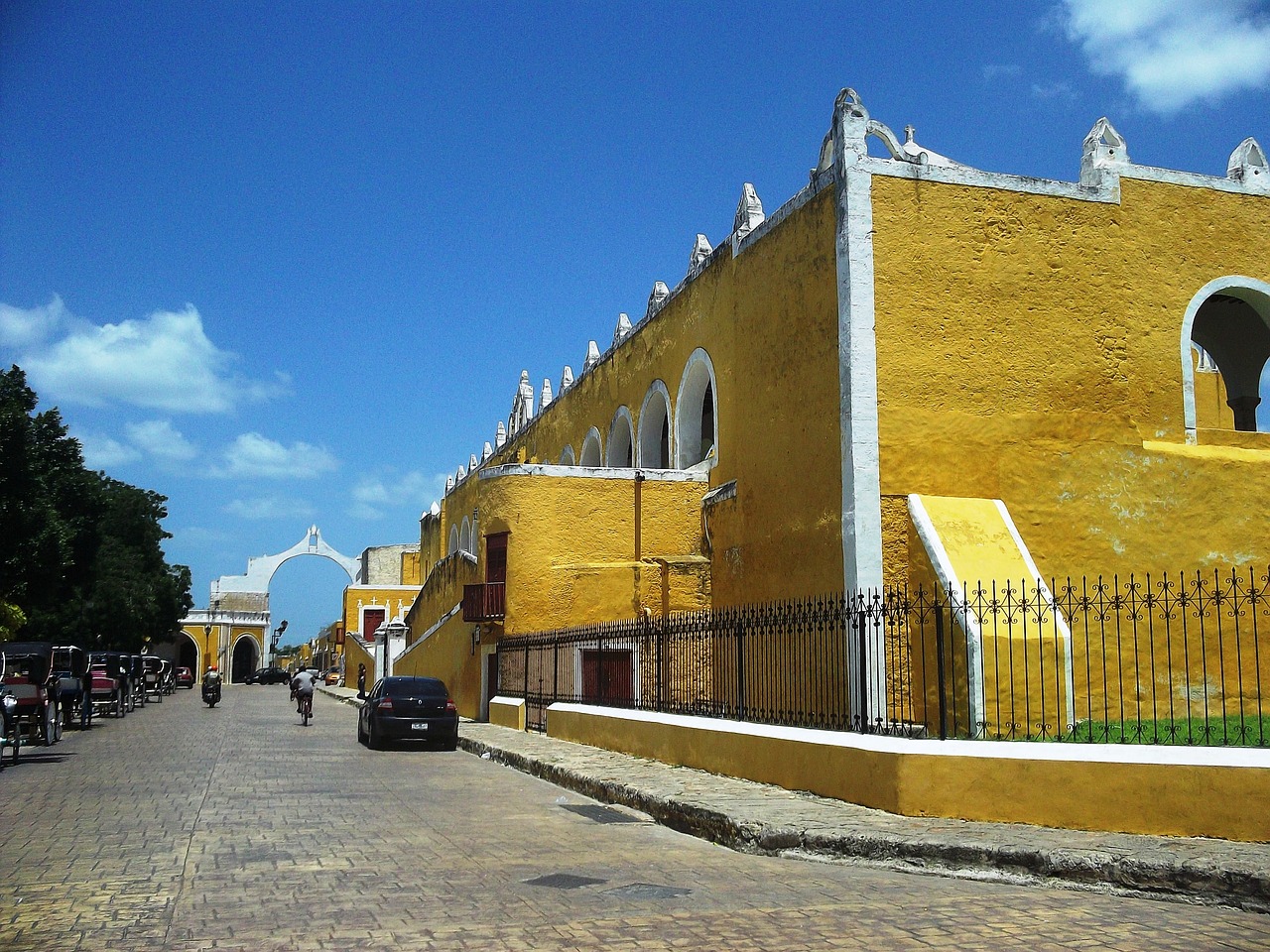
Museo Frida Kahlo
The Museo Frida Kahlo, also known as the Frida Kahlo Museum or Casa Azul (Blue House), is a vibrant and colorful building that celebrates the life and art of renowned Mexican artist Frida Kahlo. This blue-painted house was once Kahlo’s family home and now serves as a museum dedicated to preserving her legacy. The museum showcases Kahlo’s personal belongings, artworks, and the rooms where she lived and worked.
- Frida Kahlo’s Legacy: The Museo Frida Kahlo offers a unique insight into the life and artistic journey of one of Mexico’s most influential artists.
- Colorful Oasis: The vibrant blue exterior and lush gardens surrounding the museum create a magical atmosphere that transports visitors into Kahlo’s world.
- Intimate Experience: Exploring the Casa Azul allows visitors to connect with Kahlo on a personal level, gaining a deeper understanding of her struggles and triumphs.
Biblioteca Vasconcelos
The Biblioteca Vasconcelos, or Vasconcelos Library, is a modern architectural marvel that combines sleek design with a vast collection of books and art. Designed by Mexican architect Alberto Kalach, this library is a true architectural gem. Its impressive glass facade, suspended walkways, and massive bookshelves create a visually stunning space for knowledge and creativity.
- Contemporary Design: The Biblioteca Vasconcelos showcases Mexico’s commitment to modern architecture, combining functionality and aesthetics.
- Expansive Collection: The library houses a vast collection of books, including rare editions, making it a paradise for book lovers and researchers.
- Artistic Integration: The library’s interior features stunning murals and sculptures by renowned Mexican artists, adding an artistic touch to the overall design.
Conclusion
Mexico City’s architectural wonders are a testament to the city’s rich history, cultural heritage, and artistic prowess. From the grandeur of the Palacio de Bellas Artes to the modern marvels like the Torre Latinoamericana, each building tells a unique story and contributes to the city’s vibrant skyline. Exploring these iconic structures allows visitors to immerse themselves in Mexico’s architectural and cultural legacy.
References
– palacio.bellasartes.gob.mx
– torrelatinoamericana.com.mx
– catedralmetropolitanademexico.mx
– museofridakahlo.org.mx
– bibliotecavasconcelos.gob.mx


